Astacus
Well Known Member
- Followers
- 0
- Following
- 1
- Joined
- Jan 7, 2022
- Posts
- 123
- Likes Received
- 137
- Trophy Points
- 43
- Name
- Robert Beynon
Remember I was asking about gear for Namibia? Here's a quick summary of the trip, and observations.
I took the A1 and the A7S3, 600/F4, 200-600, 16-35PZ and 20/1.8 as well as a DJI Pocket 3. Plus a load of associated hardware!
I took >18,000 images, and 3-4h video. I'm still processing them.
As regards the trip, it started in Windhoek, went to the Namib Desert, down to the Atlantic Coast, up through the Spitzkoeppe and through Etosha National Park, along the Caprivi strip almost as far as Botswana and finally, returned to the easy of the Spitzkoeppe. In total we drove over 5,000km in about 20d. The roads were good to poor. All driving was by our driver/guide, and boy did he work for us, including punctures on hard stone roads etc. It was nearly always hot -at one stage we went from 41C in the Namib to 10C at the coast, which was a shock. The main purpose of the trip was birding, but of course, many many mammals.
Some of you might remember that during our Costa Rica trip, my trust Velbon monopod finally gave up, and one of the clamps broke. For this trip, I tries to find a replacement. The low cost options from amazon were just to floppy to support the A1/1.4TC/600f4 mounted directly at the foot of the lens. This is my preferred way of working, with the camera thrown over my shoulder for walking.
Eventually, I tried the iFootage Cobra3, and this has proven to be fantastic. It has a very nifty lock/release system for the camera+lens, and is very inflexible and light. I always fely super comfortable and safe, snapping the foot onto the top of the monopod and setting off with it over my shoulder. In the vehicle, my SO sits up front with the guide (both birders with an ebird driven focus) and I sit in the back, surrounded by kit bags and a camera ready to shoot out of either rear window as required. Hence the camera needed to be off monopod in the car. No unscrewing of monopod, a simple pull/release to take the monopod off, and an equally quick 'snap to reattach' when we left the vehicle. Best buy of the year!
Which equipment did I use the most? - well, this may be a case of old habits dying hard, but of the 18.4K images, 12.4 were on the A1. Of thos 9.6K were 600/4+1.4TC, 1800 600f4 and 800 200-600. For the A7S3, 3.5 K were with the 16-35PZ, and 1600 were with the 700-200. SO, about 12K were A1_600+/- 1.4TC - this reflects the focus on birds, I"m sure. Although, there were times when the longer lens allowed us to stay clear of a mammal interaction, and see far more, in context, compared to the vehicles that were getting within iPhone distances.
I expect to reduce the 18,000 to about 300 images and a couple of videos. e.g. star video [here]. Maybe by the end of Jan!
You may recall I asked for advice about taking the 600/f4. Opinions were varied, but many said - it is overkill. I am so happy I took it. The sharpness, the low light capability and the bokeh, coupled with focusing speed....
Mistakes? Oh yes! Two major ones. First, I had been genning up on shooting video and many videographers use zebra striped to indicate over exposure. But they set the trigger at about 80%. I followed suit for stills. Mistake. Whenever I looked at a bright image, the zebra stripes (not to be confused with the real zebras!) would kick and I would back off exposure. When I got the images home, they are all underexposed by 1-2 stops. This has not been a problem other than an additional step in processing - but could have been avoided.
Second stupid mistake: I forgot to shut off the right button/control wheel default function, which adjusts ISO. I always use auto ISO, typically from 200-6400. But, from time I'd accidentally trigger control wheel right to adjust ISO and it always drop me to a low ISO value. Outcome: slow shutter speeds, terrible blurry images. I soon cottoned on to my error, and disabled the ISO function for the control wheel/right switch. Stupidity on my part.
Other observations: There were very few birders. Most tourists we encountered were 'doing mammals'. My camera/lens/monopod drew many comments throughout the trip, which opened up some nice conversations. At some camps, we went into reserves in shared vehicles with maybe 6 or 8 people. The 600 is impossible in such vehicles, so then the 200-600, or even 70-200+1.4, did much better.
Heat haze - it was rarely less than 30 by, say 10am. The heat haze was terrible, and despite the bet efforts of Topaz, Adobe etc, there's no way to recover a shimmery heat haze image. We were up, typically at 5, and sometimes at 4, to get out when the air was cooler and I 'rode the ISO curve' as the light came up.
I'll add a few pictures at the end of this missive. But, I'm really pleased with the A1/600 combo - I've had this since Q2, 2021, and this is the longest I've held on to a system. I have no intention of changing - it is so satisfying to use, reliable and familiar - (which is not to say I am immune from things like the stupid ISO error above!).
So, where am I now with the 200-600 or 600 dilemma? 1,400 out of 18,000+ images. I think I might prefer to stick with the 70-200+TC when I need a zoom capability. I cannot see myself leaving the 600/f4 at home. It will certainly come to Costa Rica this year, and possibly to Madagascar - where the focus will be less on birds but I know I'll regret not having it.
Final comment. Namibia was stunning. We loved everything, lodges, wildlife, food and people. Highly recommended.
Eventually, the trip will be on our smugmug site (rjbwild.smugmug.com)!
Rob
I took the A1 and the A7S3, 600/F4, 200-600, 16-35PZ and 20/1.8 as well as a DJI Pocket 3. Plus a load of associated hardware!
I took >18,000 images, and 3-4h video. I'm still processing them.
As regards the trip, it started in Windhoek, went to the Namib Desert, down to the Atlantic Coast, up through the Spitzkoeppe and through Etosha National Park, along the Caprivi strip almost as far as Botswana and finally, returned to the easy of the Spitzkoeppe. In total we drove over 5,000km in about 20d. The roads were good to poor. All driving was by our driver/guide, and boy did he work for us, including punctures on hard stone roads etc. It was nearly always hot -at one stage we went from 41C in the Namib to 10C at the coast, which was a shock. The main purpose of the trip was birding, but of course, many many mammals.
Some of you might remember that during our Costa Rica trip, my trust Velbon monopod finally gave up, and one of the clamps broke. For this trip, I tries to find a replacement. The low cost options from amazon were just to floppy to support the A1/1.4TC/600f4 mounted directly at the foot of the lens. This is my preferred way of working, with the camera thrown over my shoulder for walking.
Eventually, I tried the iFootage Cobra3, and this has proven to be fantastic. It has a very nifty lock/release system for the camera+lens, and is very inflexible and light. I always fely super comfortable and safe, snapping the foot onto the top of the monopod and setting off with it over my shoulder. In the vehicle, my SO sits up front with the guide (both birders with an ebird driven focus) and I sit in the back, surrounded by kit bags and a camera ready to shoot out of either rear window as required. Hence the camera needed to be off monopod in the car. No unscrewing of monopod, a simple pull/release to take the monopod off, and an equally quick 'snap to reattach' when we left the vehicle. Best buy of the year!
Which equipment did I use the most? - well, this may be a case of old habits dying hard, but of the 18.4K images, 12.4 were on the A1. Of thos 9.6K were 600/4+1.4TC, 1800 600f4 and 800 200-600. For the A7S3, 3.5 K were with the 16-35PZ, and 1600 were with the 700-200. SO, about 12K were A1_600+/- 1.4TC - this reflects the focus on birds, I"m sure. Although, there were times when the longer lens allowed us to stay clear of a mammal interaction, and see far more, in context, compared to the vehicles that were getting within iPhone distances.
I expect to reduce the 18,000 to about 300 images and a couple of videos. e.g. star video [here]. Maybe by the end of Jan!
You may recall I asked for advice about taking the 600/f4. Opinions were varied, but many said - it is overkill. I am so happy I took it. The sharpness, the low light capability and the bokeh, coupled with focusing speed....
Mistakes? Oh yes! Two major ones. First, I had been genning up on shooting video and many videographers use zebra striped to indicate over exposure. But they set the trigger at about 80%. I followed suit for stills. Mistake. Whenever I looked at a bright image, the zebra stripes (not to be confused with the real zebras!) would kick and I would back off exposure. When I got the images home, they are all underexposed by 1-2 stops. This has not been a problem other than an additional step in processing - but could have been avoided.
Second stupid mistake: I forgot to shut off the right button/control wheel default function, which adjusts ISO. I always use auto ISO, typically from 200-6400. But, from time I'd accidentally trigger control wheel right to adjust ISO and it always drop me to a low ISO value. Outcome: slow shutter speeds, terrible blurry images. I soon cottoned on to my error, and disabled the ISO function for the control wheel/right switch. Stupidity on my part.
Other observations: There were very few birders. Most tourists we encountered were 'doing mammals'. My camera/lens/monopod drew many comments throughout the trip, which opened up some nice conversations. At some camps, we went into reserves in shared vehicles with maybe 6 or 8 people. The 600 is impossible in such vehicles, so then the 200-600, or even 70-200+1.4, did much better.
Heat haze - it was rarely less than 30 by, say 10am. The heat haze was terrible, and despite the bet efforts of Topaz, Adobe etc, there's no way to recover a shimmery heat haze image. We were up, typically at 5, and sometimes at 4, to get out when the air was cooler and I 'rode the ISO curve' as the light came up.
I'll add a few pictures at the end of this missive. But, I'm really pleased with the A1/600 combo - I've had this since Q2, 2021, and this is the longest I've held on to a system. I have no intention of changing - it is so satisfying to use, reliable and familiar - (which is not to say I am immune from things like the stupid ISO error above!).
So, where am I now with the 200-600 or 600 dilemma? 1,400 out of 18,000+ images. I think I might prefer to stick with the 70-200+TC when I need a zoom capability. I cannot see myself leaving the 600/f4 at home. It will certainly come to Costa Rica this year, and possibly to Madagascar - where the focus will be less on birds but I know I'll regret not having it.
Final comment. Namibia was stunning. We loved everything, lodges, wildlife, food and people. Highly recommended.
Eventually, the trip will be on our smugmug site (rjbwild.smugmug.com)!
Rob
Attachments
-
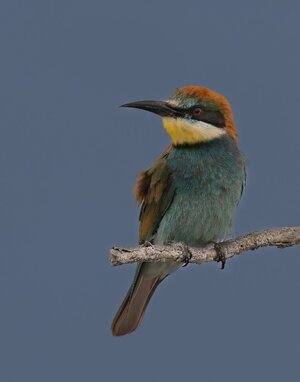 Bee-eater.jpg217 KB · Views: 202
Bee-eater.jpg217 KB · Views: 202 -
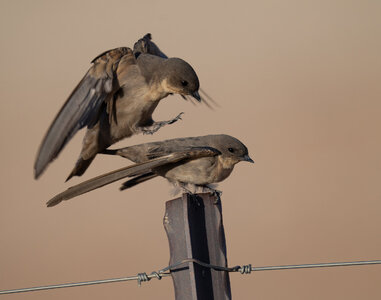 Incoming.jpg277.6 KB · Views: 192
Incoming.jpg277.6 KB · Views: 192 -
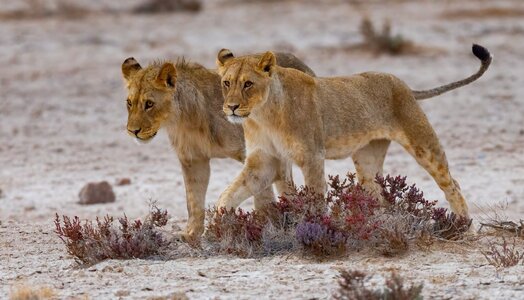 Lions4.jpg540.7 KB · Views: 200
Lions4.jpg540.7 KB · Views: 200 -
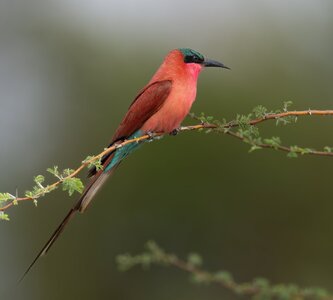 NCBE.jpg216.2 KB · Views: 189
NCBE.jpg216.2 KB · Views: 189 -
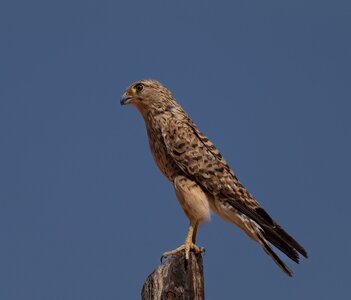 Raptor.jpg312.4 KB · Views: 214
Raptor.jpg312.4 KB · Views: 214 -
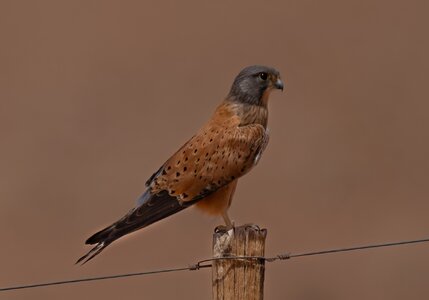 Raptor2.jpg215.3 KB · Views: 193
Raptor2.jpg215.3 KB · Views: 193 -
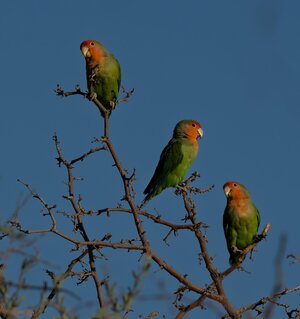 RFL.jpg359.3 KB · Views: 195
RFL.jpg359.3 KB · Views: 195 -
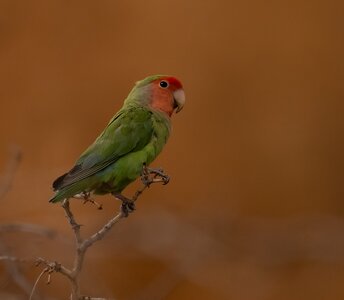 RFL1.jpg242.9 KB · Views: 199
RFL1.jpg242.9 KB · Views: 199 -
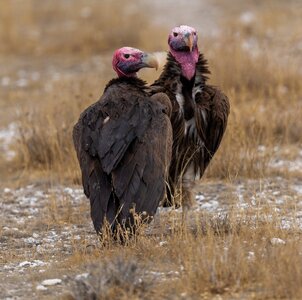 Vultures.jpg695.7 KB · Views: 176
Vultures.jpg695.7 KB · Views: 176 -
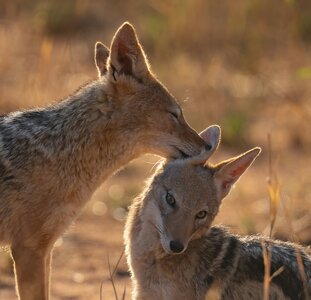 BBJ.jpg572.2 KB · Views: 191
BBJ.jpg572.2 KB · Views: 191 -
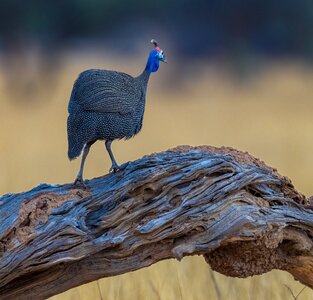 GF.jpg861.4 KB · Views: 193
GF.jpg861.4 KB · Views: 193 -
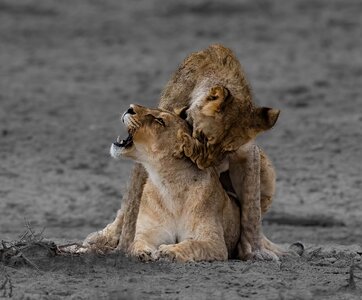 Lions.jpg567.8 KB · Views: 184
Lions.jpg567.8 KB · Views: 184 -
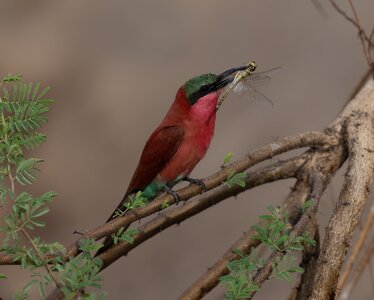 scbe copy 3.jpg384.3 KB · Views: 183
scbe copy 3.jpg384.3 KB · Views: 183
